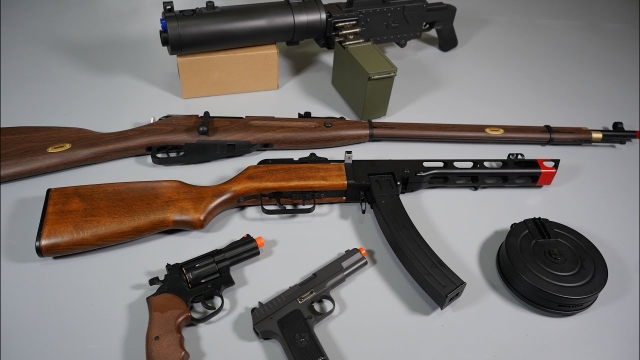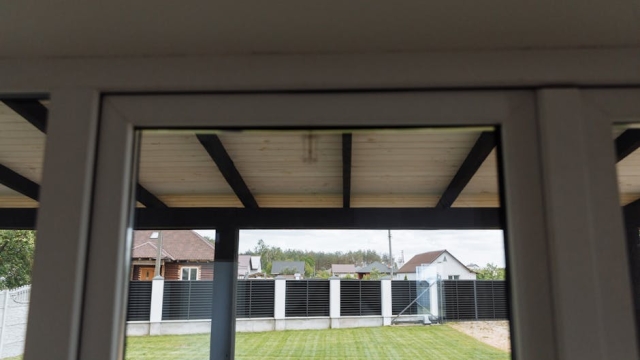
The Art of Reheating: Elevating Leftovers to Culinary Delights
Picture this: it’s a busy day, and your fridge is stocked with leftovers from yesterday’s culinary triumphs. You have a plate of pasta, a slice of pizza, and some grilled chicken just waiting to be enjoyed. But here’s the catch – reheating these leftovers isn’t as simple as pressing a button on the microwave. It requires finesse, a delicate touch, and a dash of culinary know-how. Thankfully, there’s a company that specializes in guiding you through the art of reheating. With their expert advice, you can transform those cold remnants into mouthwatering delights once again. Say goodbye to soggy microwaved meals and hello to culinary perfection!
Food reheating is not a task to be taken lightly. It’s not just about bringing a dish back to its original temperature, but also about preserving its flavors, textures, and nutritional value. That’s where this company’s guidance comes in. With their expertly crafted instructions, you can elevate your leftovers to new culinary heights. No longer will you settle for lackluster reheated meals that pale in comparison to their freshly cooked counterparts. It’s time to unlock the full potential of your refrigerated or frozen treasures. Together, let’s embark on a journey of culinary renaissance and discover the secrets to creating culinary delights out of leftovers.
The Importance of Properly Reheating Leftovers
Leftover food is a common occurrence in most households. Whether it’s the result of a large gathering or intentional meal prep, reheating leftovers is a convenient and practical way to enjoy already prepared dishes. However, the importance of properly reheating these meals should not be underestimated.
Improper reheating methods can lead to uneven heating, resulting in food that is either too cold or overcooked. This not only affects the taste and texture of the dish but also poses potential health risks. Insufficient reheating can leave harmful bacteria, such as Salmonella and E. coli, present in the food, causing foodborne illnesses.
To ensure the safety of reheated leftovers, it is crucial to follow proper guidelines. One way is to use a food thermometer to check the internal temperature of the dish. Reheated foods should reach a minimum temperature of 165°F (74°C) to eliminate any harmful bacteria effectively.
Another important aspect to consider is the choice of reheating method. While the microwave is a popular go-to option, it’s essential to understand that not all foods reheat well in it. Some dishes may lose their texture or become rubbery when microwaved. In such cases, using alternative methods like stovetop reheating or oven reheating can yield better results.
In conclusion, the art of reheating leftovers lies in understanding the importance of doing it properly. By following guidelines, such as using a food thermometer and selecting suitable reheating methods, we can elevate these forgotten treasures into culinary delights while ensuring their safety and deliciousness.
2. Tips and Techniques for Safely Reheating Food
When it comes to reheating food, following proper techniques is essential to ensure both safety and flavor. Whether you’re reheating leftovers or a meal that you’ve prepared in advance, these tips will help you elevate your culinary creations:
Utilize the microwave strategically: The microwave is a quick and convenient tool for reheating food, but it can lead to uneven heating if not used correctly. To avoid this, distribute the food evenly on a microwave-safe plate and cover it with a microwave-safe lid or microwave-safe plastic wrap. This helps to retain moisture and heat the food more uniformly. Be sure to stir or rotate the food midway through the heating process to promote even reheating.
Harness the power of the oven: While the microwave is great for speed, the oven can be your ally when it comes to achieving optimal texture and flavor. Preheat your oven to a moderate temperature, typically around 350°F (175°C), and transfer your food to an oven-safe dish or baking sheet. Cover the dish with foil to maintain moisture and prevent excessive browning. Heating times may vary depending on the type and quantity of food, so keep a close eye to prevent overcooking.

Employ stovetop magic: The stovetop offers versatility for reheating a wide range of dishes, particularly sautés, stir-fries, and soups. Use a non-stick pan or a well-seasoned cast iron skillet for best results. To ensure even reheating, start by gently warming the pan on low heat before adding the food. Stir constantly and adjust the heat as needed to prevent any burning or sticking. This method allows you to revive the flavors and textures of dishes while infusing them with a burst of freshness.
By employing these tips and techniques, you can transform your reheated meals into culinary delights that shine with flavor and maintain their nutritional value. With the help of professional guidance, such as that provided by "Food Reheating," you can elevate the art of reheating and bring new life to your leftovers.
3. Elevating Leftovers: Creative Recipes for Delicious Reheated Meals
Reheating leftovers doesn’t have to be a mundane task. With a little bit of creativity and the right approach, you can transform your reheated meals into culinary delights. Here are a few creative recipes to elevate your leftovers:
Leftover Pasta Carbonara Frittata:
Transform your leftover pasta carbonara into a delightful frittata. In a non-stick pan, heat a tablespoon of olive oil over medium heat. Add the pasta carbonara and cook for a couple of minutes until warmed through. Meanwhile, beat a couple of eggs in a bowl and season with salt and pepper. Pour the beaten eggs over the pasta carbonara and cook until the edges are set. Sprinkle some grated Parmesan cheese on top and finish cooking under a broiler for a couple of minutes until golden and bubbly. Slice into wedges and serve for a delicious breakfast or brunch option.
Request A CallbackRoasted Vegetable Quiche:
Leftover roasted vegetables can be transformed into a scrumptious quiche. Preheat your oven to 375°F (190°C). In a bowl, whisk together 4 eggs, 1 cup of milk, and season with salt and pepper. Line a pie dish with pre-made pie crust and arrange the leftover roasted vegetables on top. Pour the egg mixture over the vegetables and sprinkle with grated cheese. Bake in the preheated oven for about 30 minutes or until the center is set. Allow the quiche to cool for a few minutes before slicing and serving. This quiche makes for a delightful lunch or light dinner option.Leftover Chicken Stir-Fry Fried Rice:
Turn your leftover chicken stir-fry into a flavorful fried rice dish. In a large non-stick pan, heat a tablespoon of oil over medium heat. Add the leftover chicken stir-fry and cook for a few minutes until heated through. Push the chicken to one side of the pan and add cooked rice to the other side. Drizzle some soy sauce and stir-fry sauce over the rice, and toss everything together until well combined. Create a well in the center of the pan and crack an egg into it. Quickly scramble the egg and mix it into the rice. Finish off with a sprinkle of chopped green onions and serve as a satisfying meal.
By thinking outside the box and getting creative with your leftovers, you can transform simple reheated meals into culinary delights. These recipes are just a starting point, so don’t be afraid to experiment with the ingredients you have on hand. Elevate your leftovers and enjoy delicious meals that not only save you time but also tantalize your taste buds.



